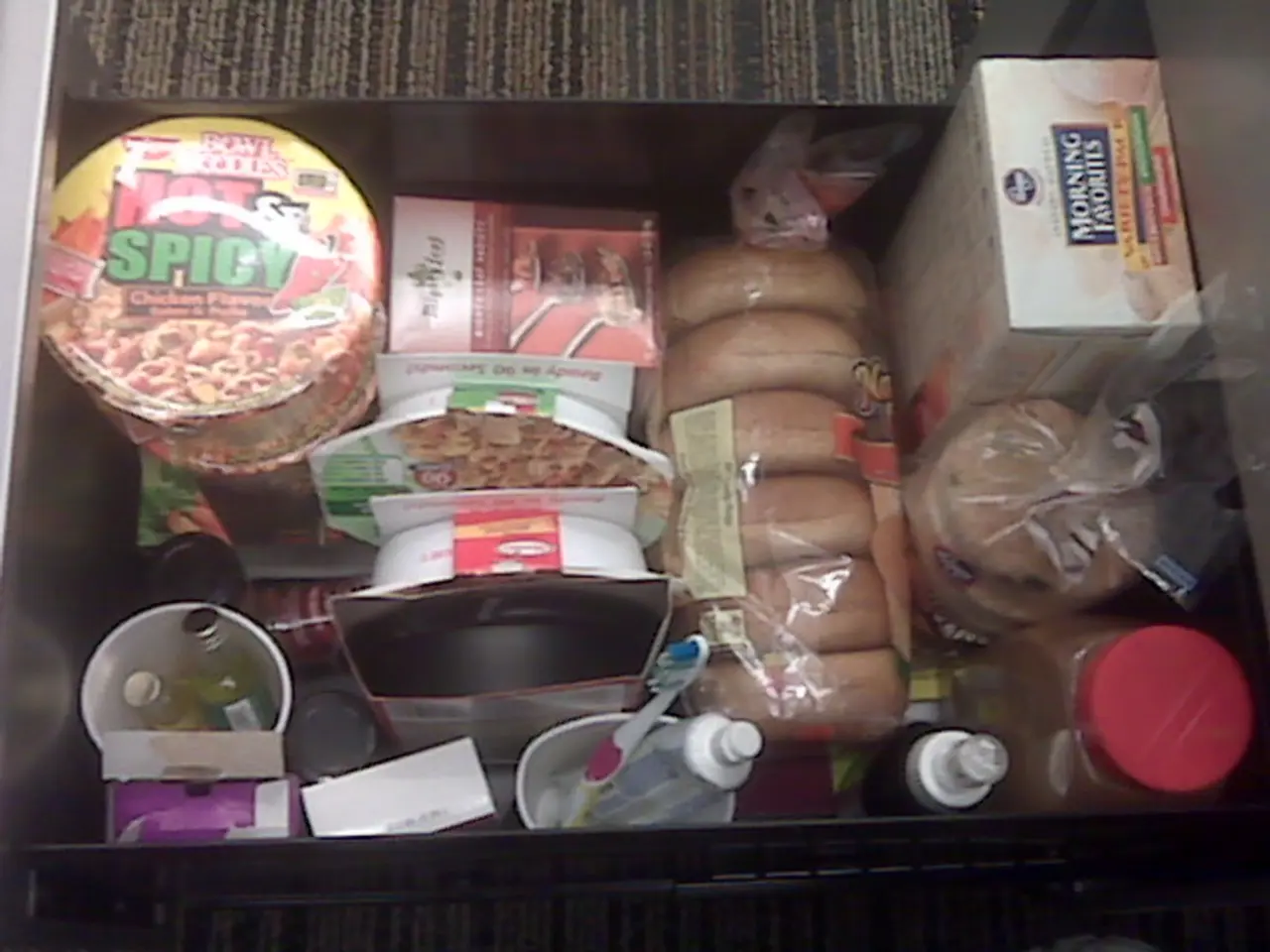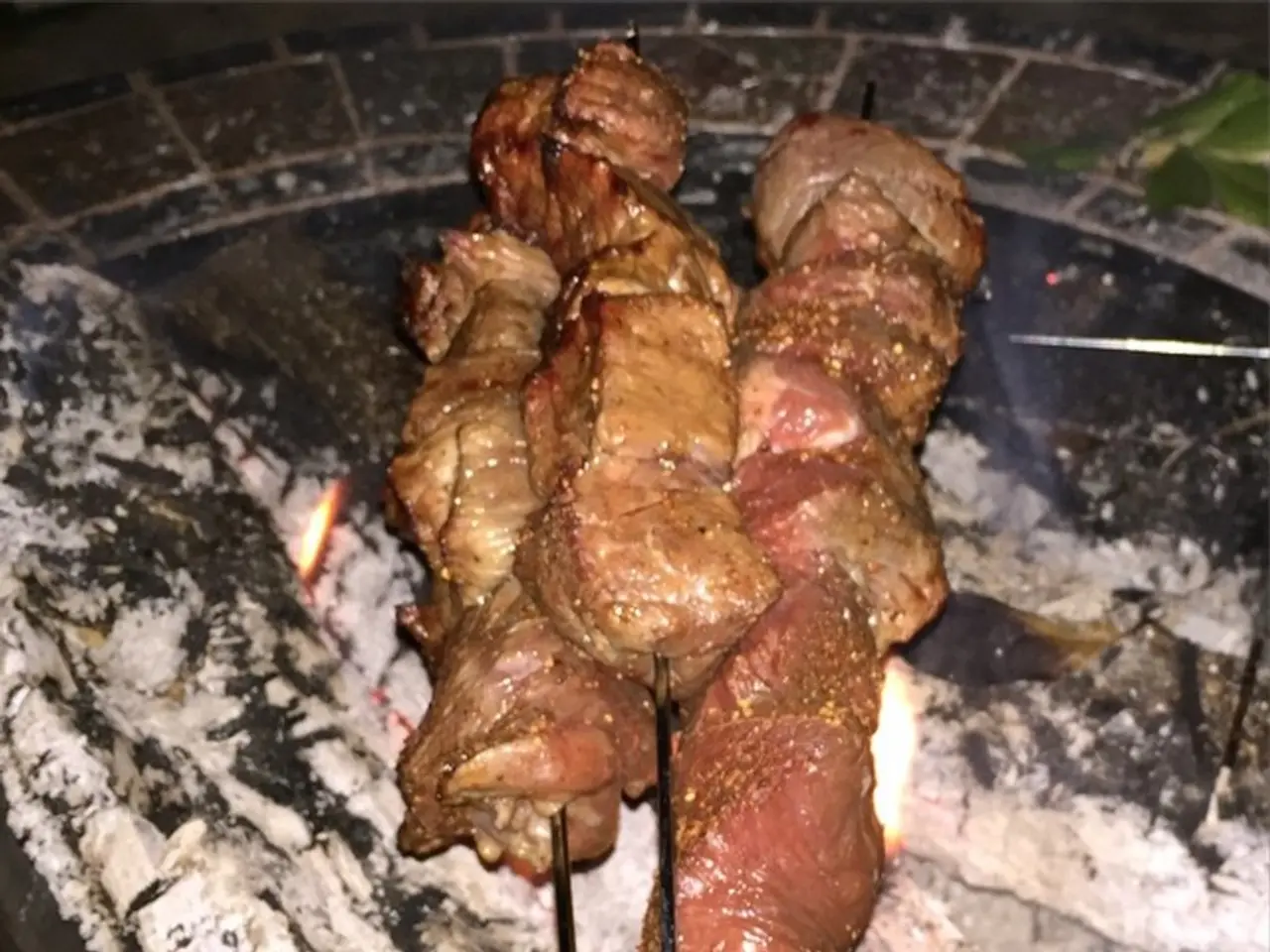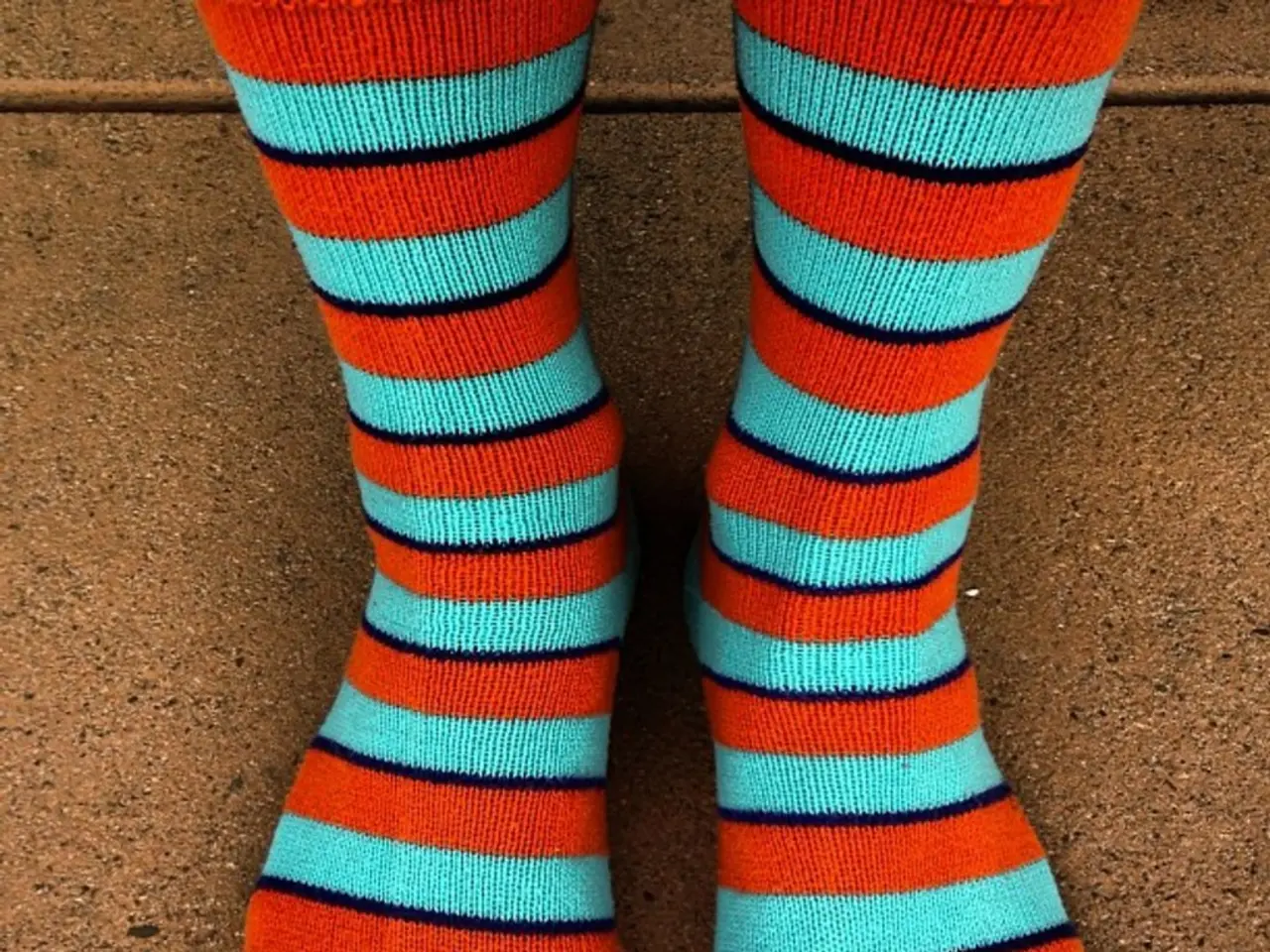Preparedness Kit Essentials: Comprehensive Guide to Surviving Earthquakes
In the face of unexpected disasters, being prepared can make all the difference. Here's a guide to help you create an effective earthquake kit, focusing on essential water, food, and first aid supplies.
Water
Store at least a 3-day supply of water per person, ideally one gallon per person per day. Include emergency water pouches and a portable water filter or purification tablets to treat water if necessary. Collapsible water bottles can help carry purified water during evacuation.
Food
Pack non-perishable, high-calorie foods that do not require refrigeration or cooking, such as energy bars, protein bars, freeze-dried meals, or MREs (Meals Ready to Eat). A manual can opener should be included if canned goods are part of the kit.
First Aid Supplies
Have a comprehensive first aid kit containing bandages, antiseptic wipes, pain relievers, gauze, medical tape, tweezers, gloves, and any personal prescription medications with labels. Also keep a list of allergies, conditions, and medication dosages.
Additional Essentials
- A flashlight or headlamp with extra batteries
- A battery-powered or hand-crank emergency radio (preferably with NOAA weather alerts)
- A whistle for signaling
- A portable phone charger or power bank
- Important documents in a waterproof bag
- Basic tools
- Comfort food items
- Personal hygiene supplies
Maintaining personal hygiene during emergencies is vital for physical and mental well-being. Store these items in a waterproof pouch to safeguard them from the elements.
Footwear
Select shoes that are comfortable, supportive, and suitable for various terrains. If you live in areas prone to natural disasters, consider purchasing shoes designed for rugged conditions, ensuring they remain functional even in the face of adversity.
Travel-sized Personal Care Items
Keep travel-sized personal care items to save space and ensure they are suitable for all members of your household.
Water Storage
Water storage should cater to sanitation needs as well as drinking. Opt for BPA-free plastic or glass containers for water storage. Consider investing in water purification tablets or filters for questionable water sources.
Clothing and Shelter
Include clothing and shelter essentials like warm clothing, blankets, and a tent in your emergency kit. A versatile multi-tool or utility knife can serve a myriad of purposes during an emergency.
First Aid Kit
Maintain a well-stocked first aid kit containing bandages, antiseptics, pain relievers, and other essential supplies. Regularly review and update your first aid supplies to ensure they remain relevant and effective.
Money
Include cash and coins in your emergency kit to facilitate transactions during emergencies when ATMs may be inaccessible.
Documentation
Regularly inspect and rotate water supply every six months to ensure freshness. In the chaos of an emergency, having copies of important documents can be lifesaving. Keep photocopies of identification, insurance policies, and medical records stored in a waterproof container within your earthquake kit essentials.
Radio
A battery-powered or hand-crank radio can serve as your connection to the outside world during emergencies. Ensure your radio is equipped to receive multiple frequencies, including local emergency services.
Personal Hygiene
Include personal hygiene supplies like soap, toothpaste, toothbrushes, and sanitary products in your emergency kit essentials.
Rope
Rope is equally essential; sturdy rope can be utilised for securing items, creating shelter, or even as a makeshift clothesline. Knowing how to tie knots and use your tarp and rope effectively can provide significant advantages during emergencies.
Food Supplies
Select non-perishable food items that are ready-to-eat, require minimal preparation, and provide essential nutrients. Regularly check expiration dates and rotate your stash to maintain freshness.
Evacuation Routes
Familiarize yourself with evacuation routes and safe locations in your local area.
Unique Health Risks
Consider unique health risks in your region and include supplies to treat them, such as insect bite or sting treatments.
Comfort and Morale
Include comfort food items to boost morale during stressful times.
Dietary Restrictions
Consider dietary restrictions and allergies within your household when stocking food supplies.
Maps
Include a map of your local area in your emergency kit to help you navigate during emergencies.
Special Considerations
- In tropical climates, more water may be needed due to increased perspiration.
- In coastal areas, seafood-based options like canned fish may be more readily available.
- In landlocked regions, canned vegetables and grains may be more common.
- In cold climates or during prolonged power outages, packing extra layers of warm clothing and thermal blankets in your earthquake kit essentials is crucial.
- Familiarize yourself with local resources for water purification in areas susceptible to earthquakes.
- Keep a week's worth of prescription medications in your emergency kit, stored in a waterproof pouch.
- Creating a detailed family emergency plan is imperative, as it provides clarity and direction in chaotic situations. Include maps of your local area, noting evacuation routes and locations of shelters.
By following this guide, you'll be better prepared to face emergencies with the necessary supplies for hydration, nutrition, and medical needs.
- In addition to water pouches and a portable water filter, consider storing emergency water in BPA-free plastic or glass containers for added sanitation needs.
- Ensure your first aid kit includes supplies for not only physical injuries but also essential items like personal prescription medications.
- Incorporate travel-sized personal care items in your emergency kit to maintain proper hygiene during an evacuation.
- Choose shoes that are both comfortable and functional for various terrains during natural disasters.
- Include dietary considerations in your food supplies, especially if members of your household have allergies or specific dietary restrictions.
- Familiarize yourself with unique health risks in your region and stock appropriate treatments, such as insect repellents or first aid kits for specific wildlife encounters.
- Tie knots and practice using a rope effectively to make the most of this versatile tool during an emergency.
- Maintain a detailed family emergency plan, including evacuation routes, shelter locations, and local resources, to guide you in chaotic situations.
- For areas susceptible to earthquakes, research local resources for water purification and include purification tablets or filters in your kit.
- During prolonged power outages in cold climates, it's crucial to pack extra warm clothing and thermal blankets in your earthquake kit essentials.




